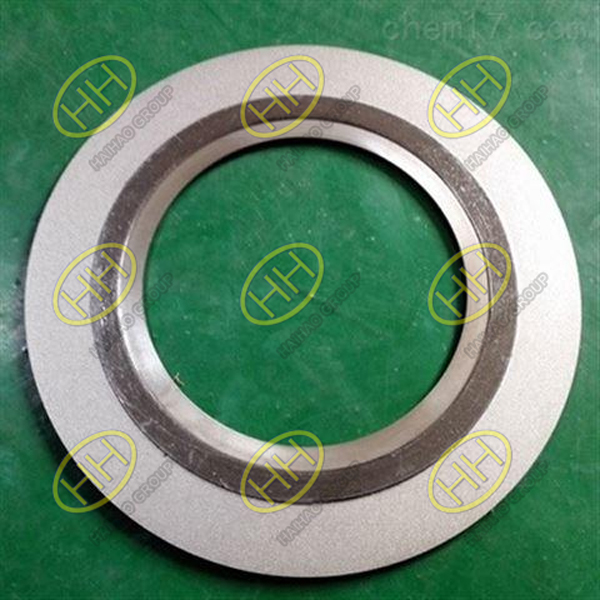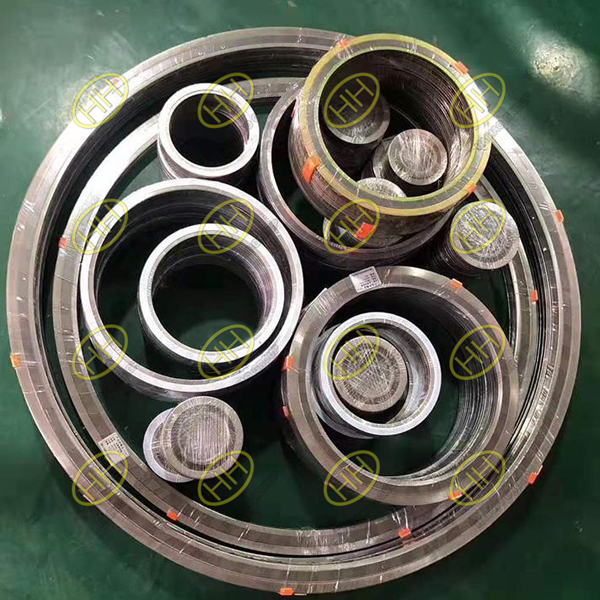Introduction to basic type wound metal and non-metal strips of spiral wound gaskets
In the production of spiral wound gaskets, the choice of materials for the metal and non-metal strips is critical for ensuring optimal sealing performance. Here’s an overview of the specifications for basic type wound metal strips and non-metal strips.
1.Basic Type Wound Metal Strip
A.Material Specifications
The metal strip is made from cold-rolled steel such as SUS304, SUS316L, or SUS321, with a thickness ranging from 0.15 mm to 0.25 mm. The specific type of stainless steel can be agreed upon by both parties involved.
B.Design and Surface Quality
The metal strip is pre-formed into a V-shaped or W-shaped narrow band. The surface of the strip should be smooth and clean, free from defects such as roughness, cracks, scratches, dents, and rust spots.
C.Hardness Requirement
The hardness of the stainless steel strip must not exceed HV 200, ensuring it maintains flexibility and proper sealing properties.
2.Basic Type Wound Non-Metal Strip
A.Material Specifications
The non-metal filling material can consist of specially manufactured asbestos tape, flexible graphite tape, polytetrafluoroethylene (PTFE) tape, non-asbestos fiber tape, or mica tape. The thickness of these strips ranges from 0.3 mm to 1.0 mm.
B.Asbestos Specifications
For specially manufactured asbestos, the loss on ignition must be ≤ 25%, ensuring that the material remains stable during use.
C.Chloride Ion Content
The chloride ion content in the non-metal strip must not exceed 100 PPM, minimizing the risk of corrosion in sensitive applications.
The careful selection and specification of both metal and non-metal strips in spiral wound gaskets play a vital role in their overall performance and durability. Adhering to these material standards not only enhances the gasket’s sealing capabilities but also ensures longevity and reliability in various industrial applications.



